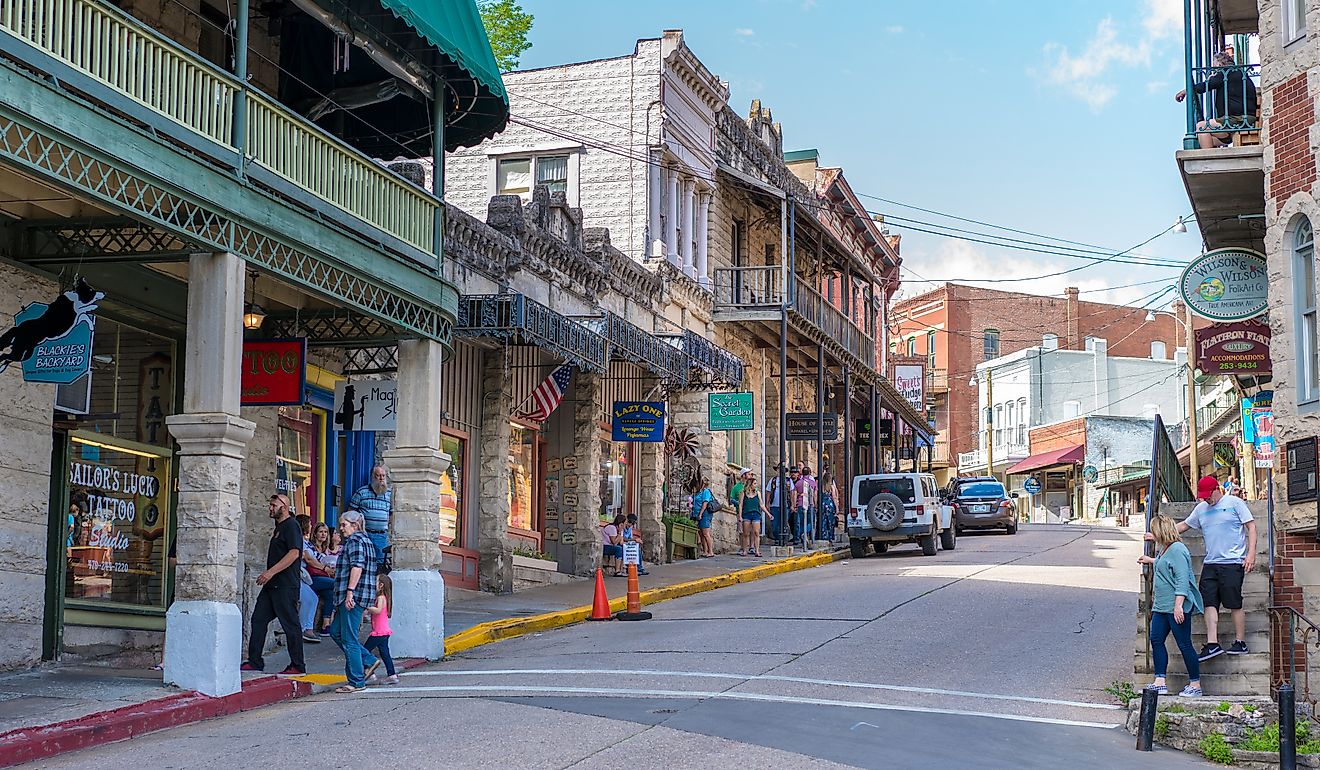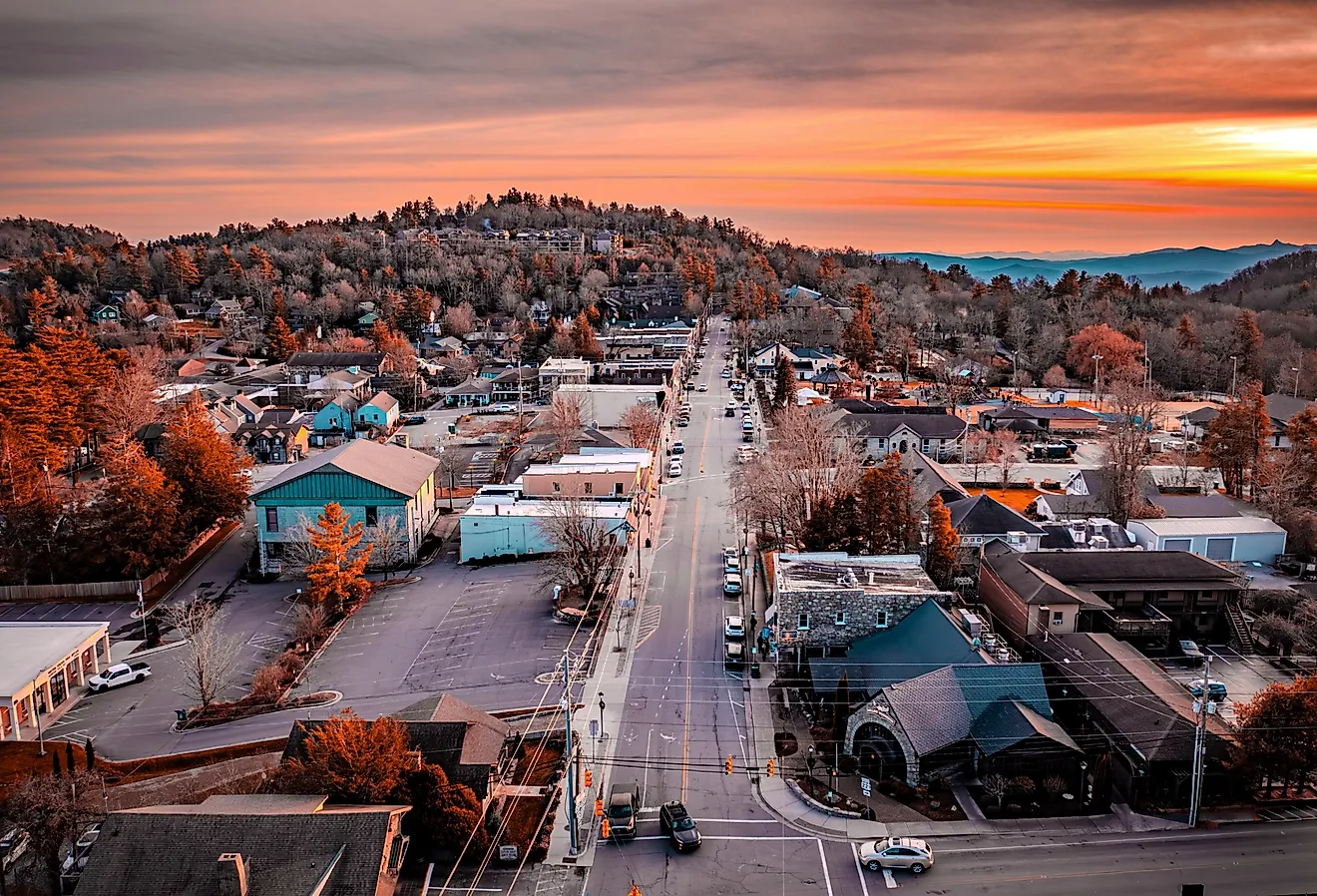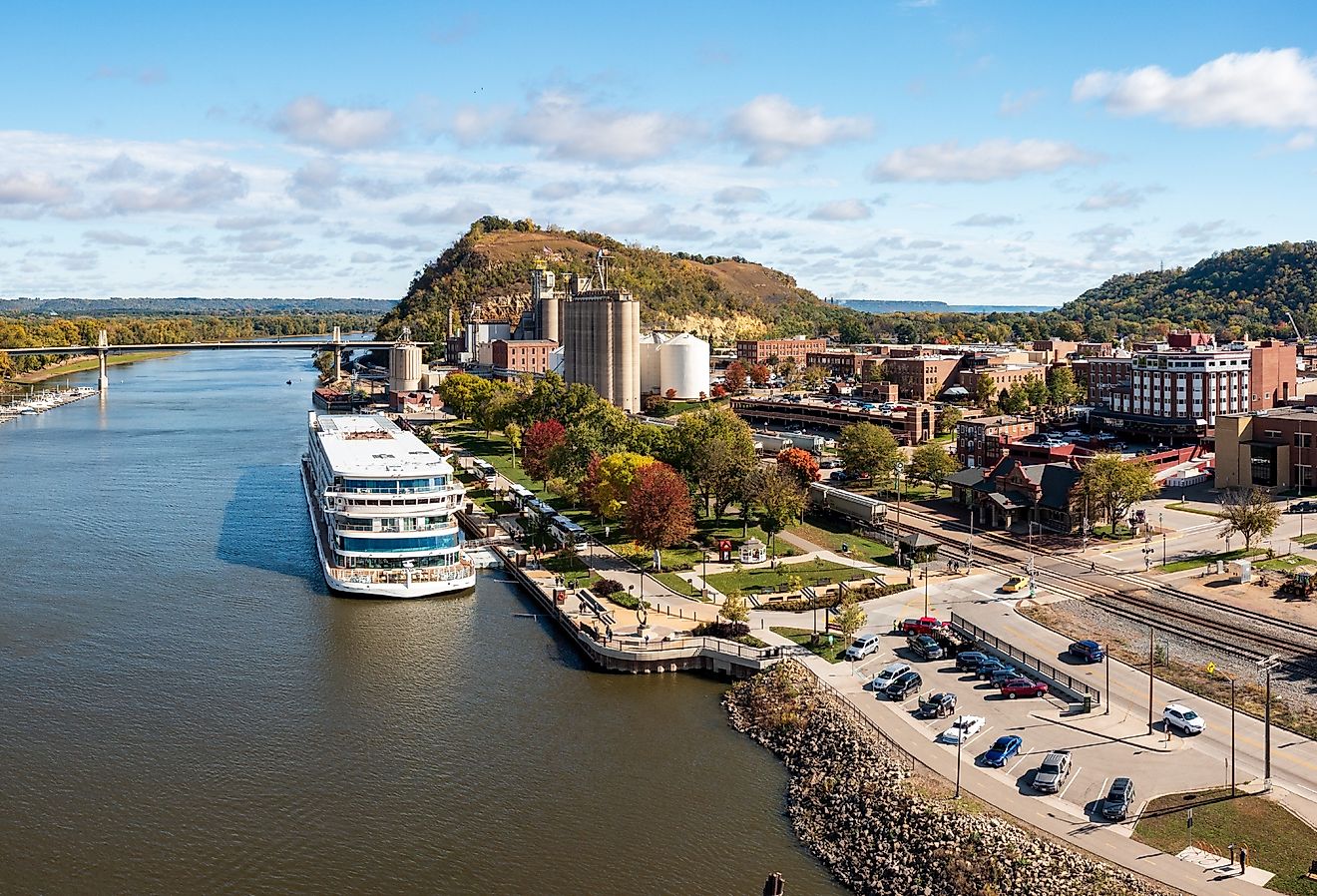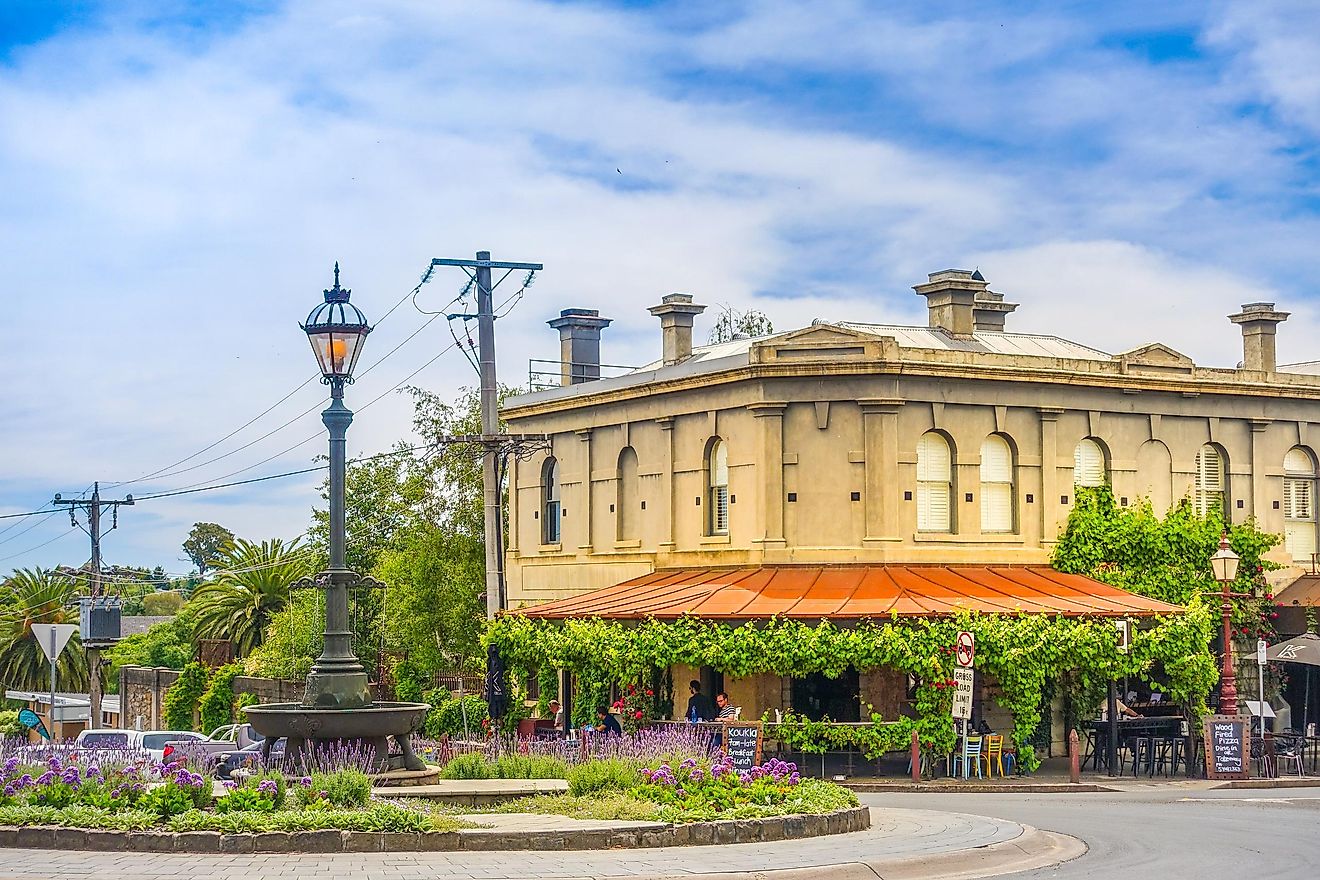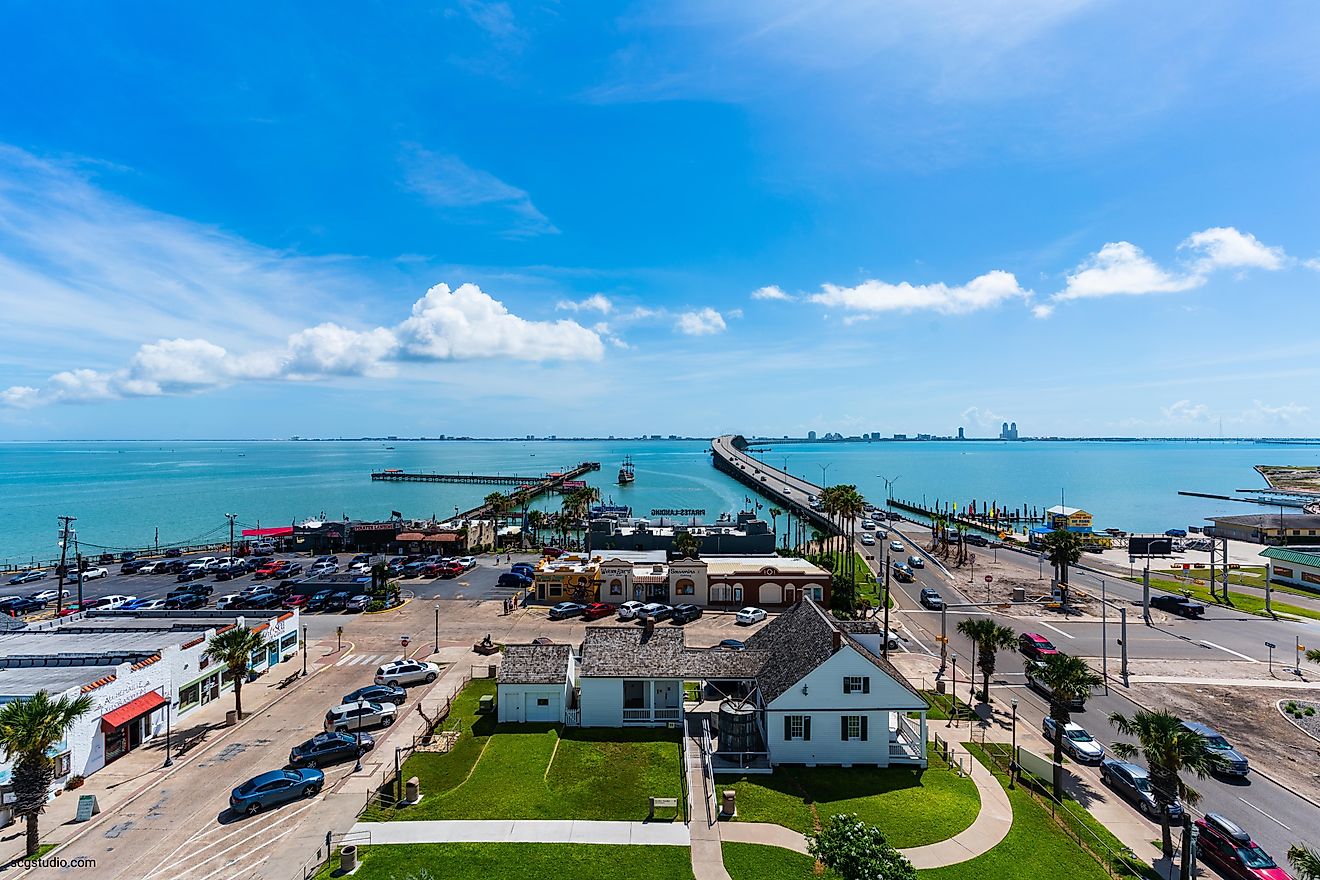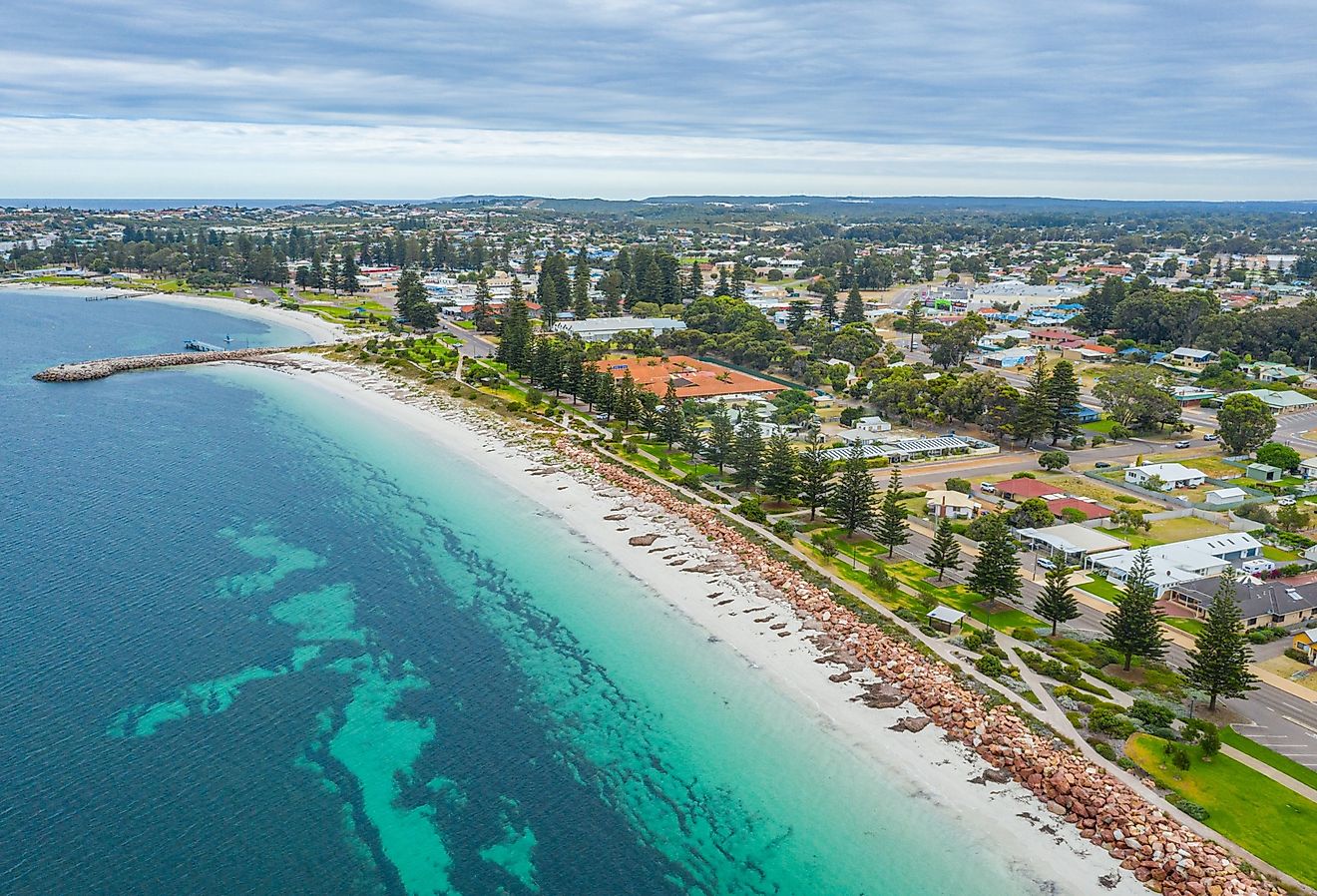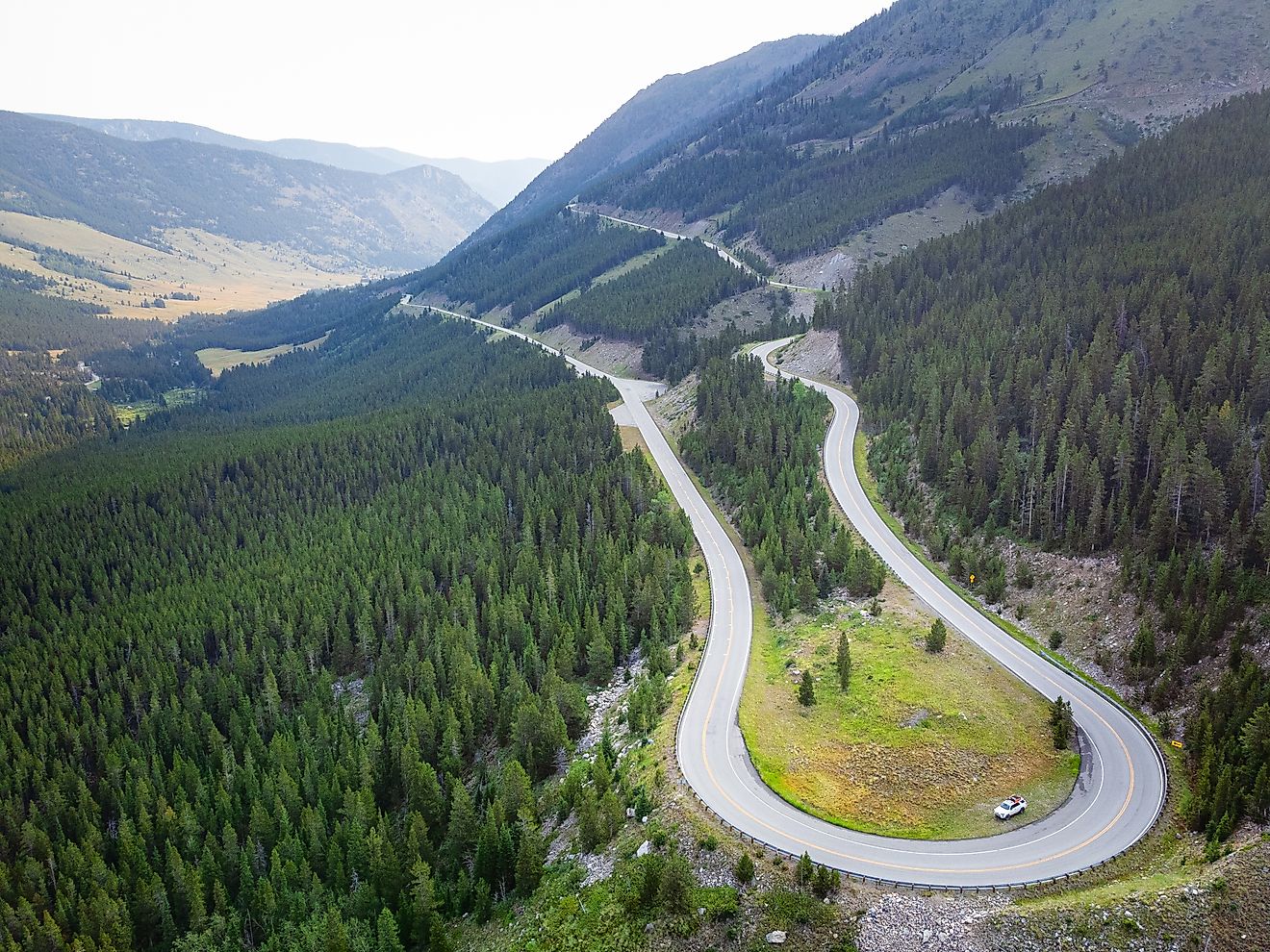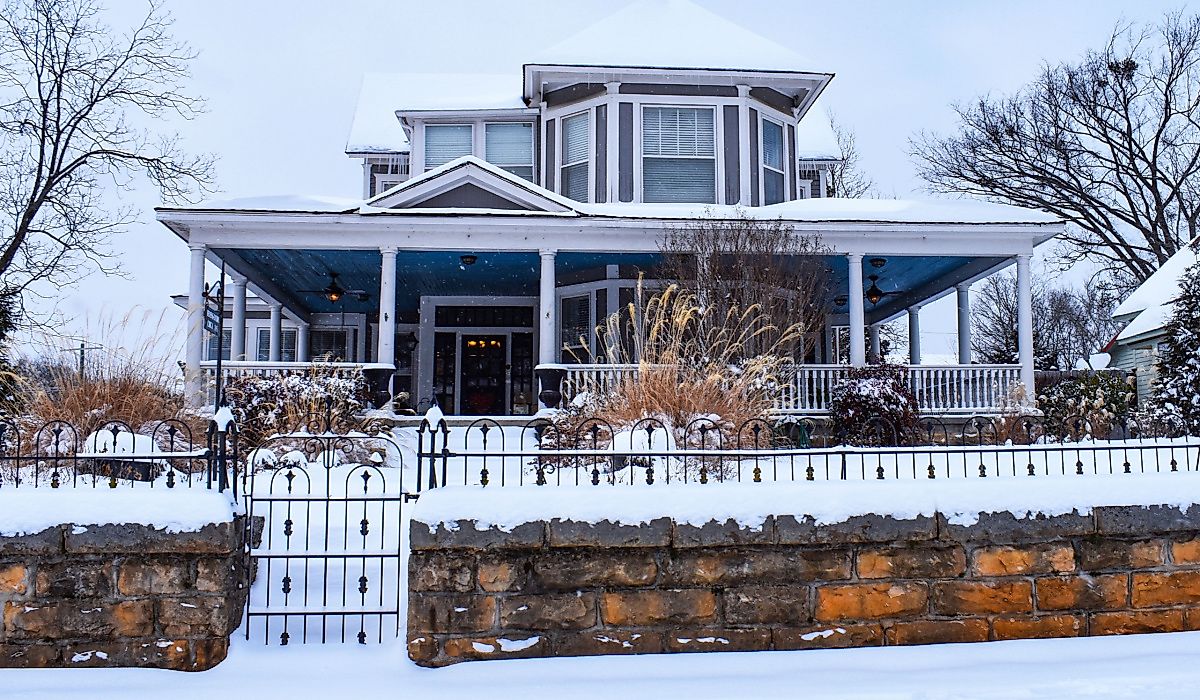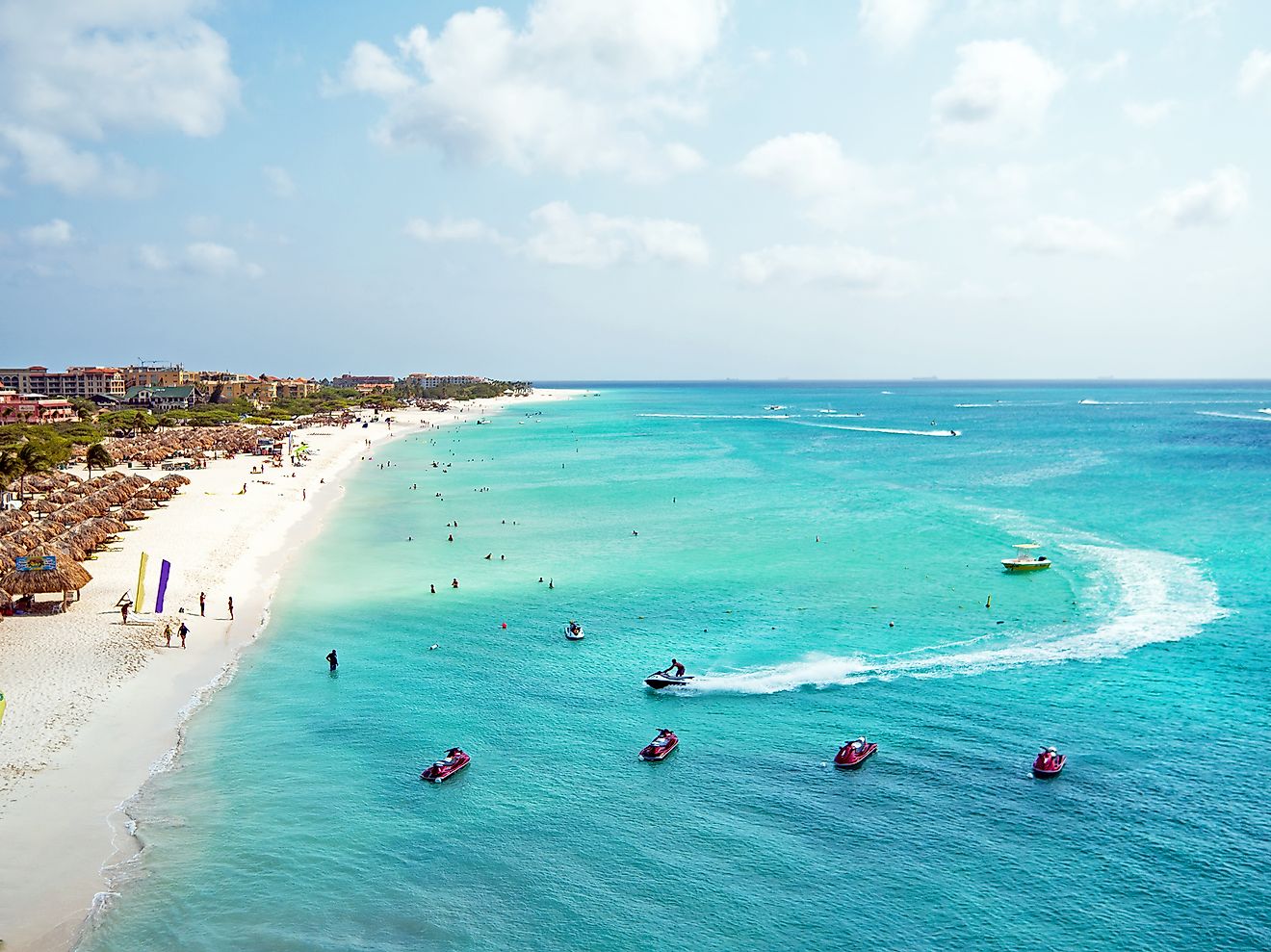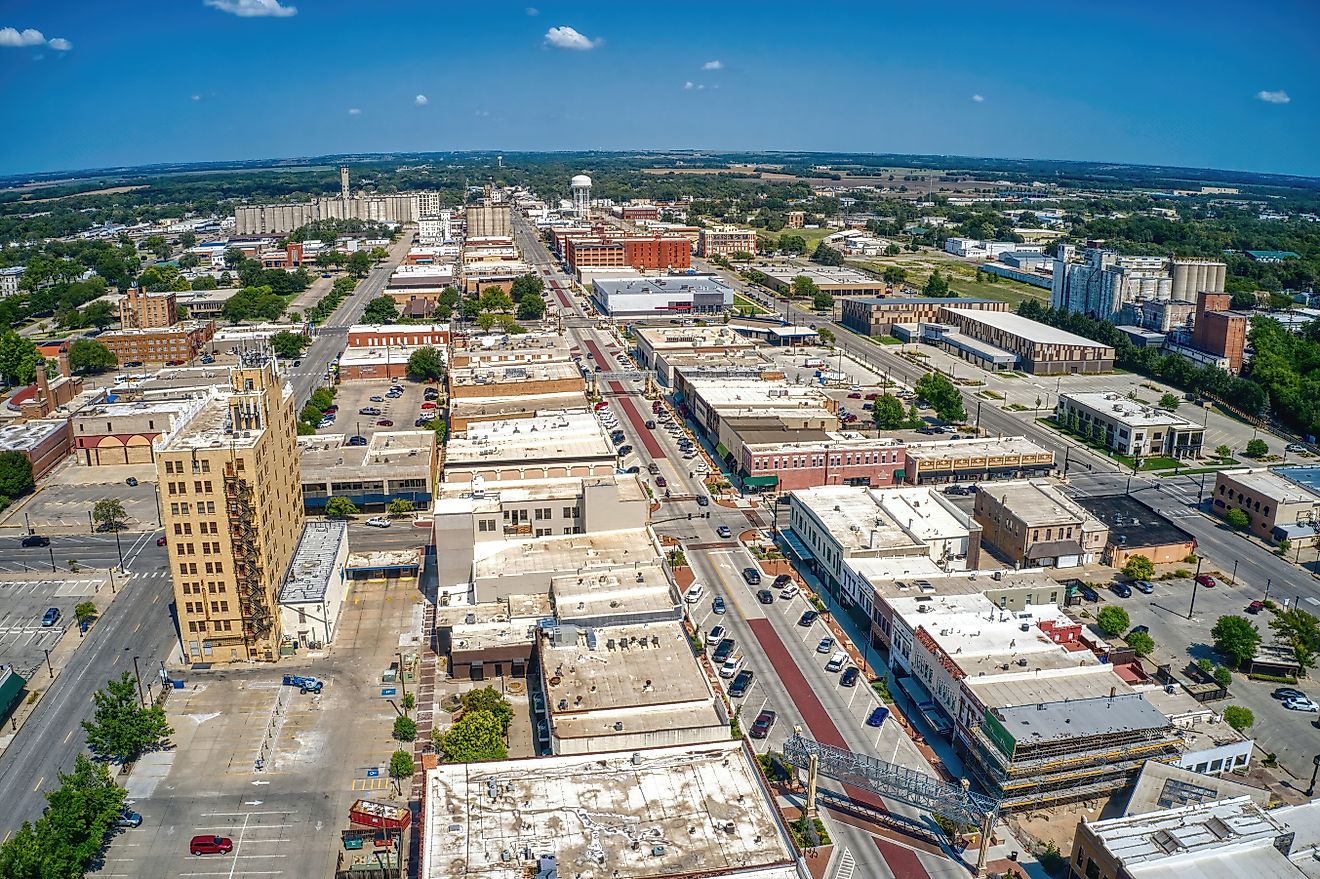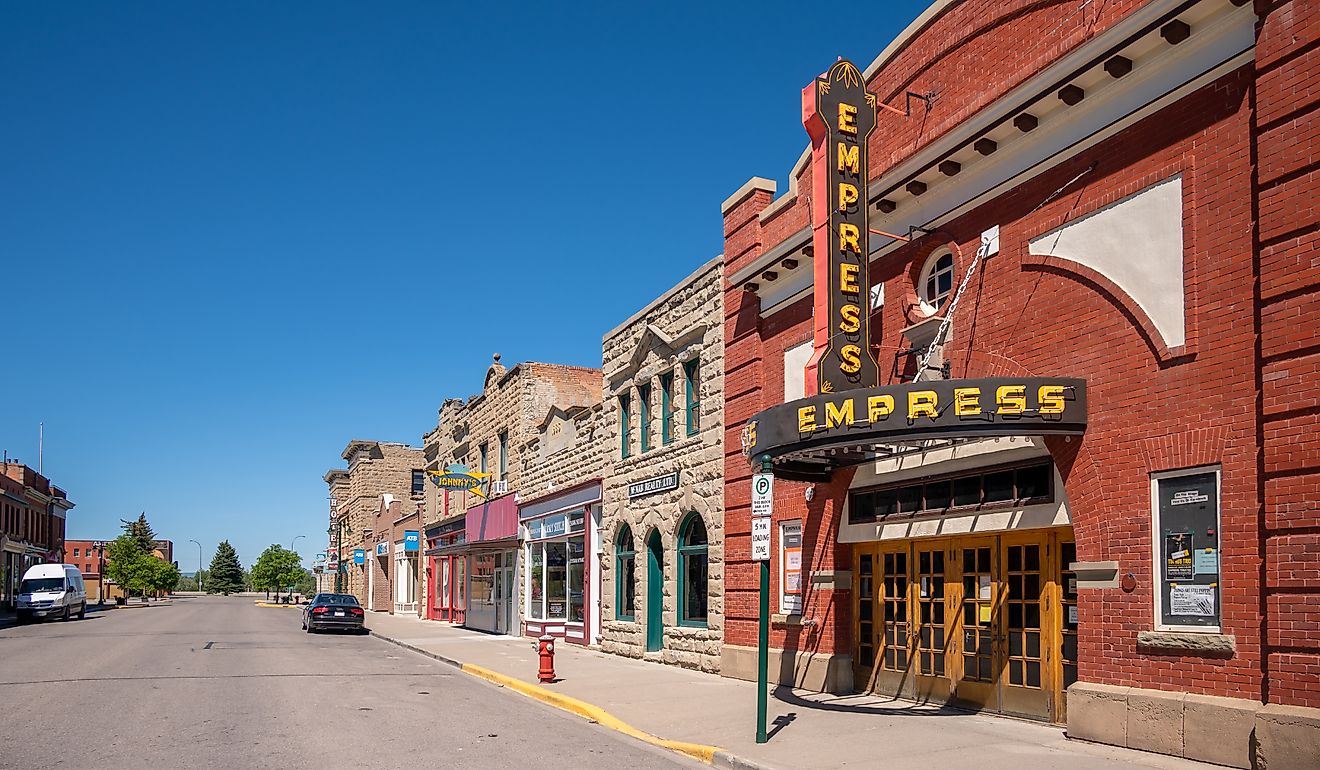Spanish Festivals Of International Tourist Interest
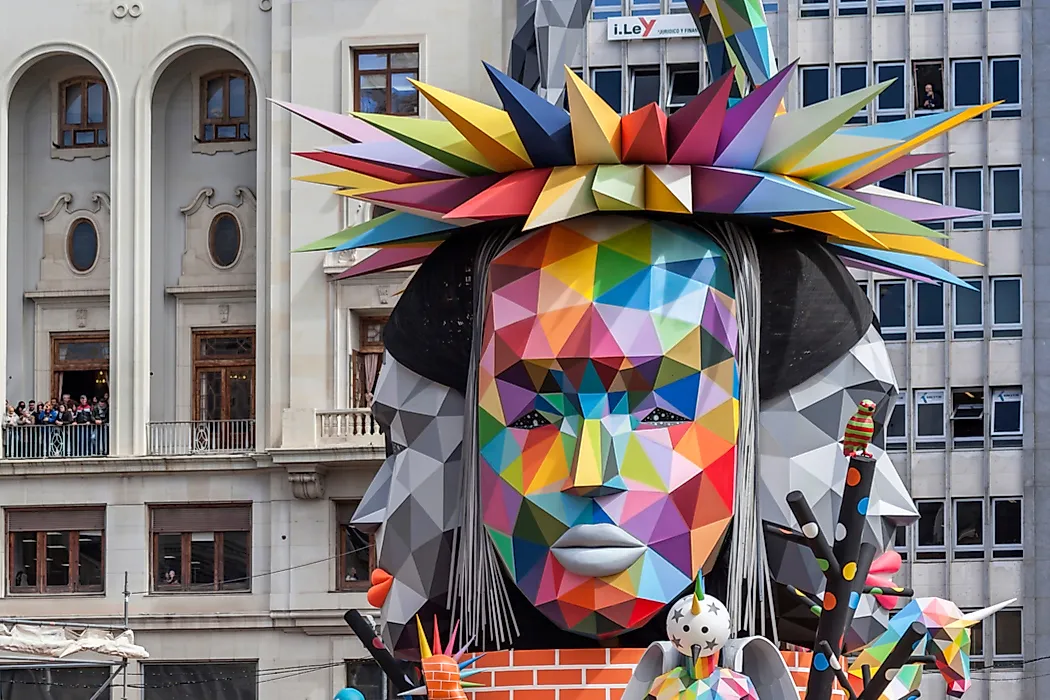
Spain is one of the top tourist destinations in Europe. The country has a rich culture and heritage that is reflected in the numerous vibrant festivals that are held here. Some of these Spanish fiestas have been designated with the title of “Fiesta of International Tourist Interest” by the Spanish government’s tourism ministry. Some of them are mentioned below:
Carnival of Santa Cruz de Tenerife
Every year, the global city and capital of the Canary Islands, the Santa Cruz de Tenerife, hosts a carnival that attracts thousands from all over the globe. This carnival is believed to be the world’s second most popular carnival after the one held in Brazil’s Rio de Janeiro. The festival starts with an opening parade that continues into the night when thousands of people dressed up fancily start dancing until the dawn next day. The carnival continues for several days until Ash Wednesday.
La Tomatina
The La Tomatina is held each year in the town of Buñol in Valencia. It is a unique festival where the participants throw tomatoes at each other just for pure fun and entertainment. The festival which started in 1945, is held on the last Wednesday of August each year.
The Ruta del Tambor y el Bombo
This festival of Germany celebrates Easter and the Passion of Christ. The festivities are held in nine towns in the Spanish province of Teruel. The residents wear special tunics during this time. Processions are held and drums are played. According to tradition, the drums must be played by the drum players at the same time to emulate the tremor after Jesus' death. The festival traces its origins to ancient or medieval era ceremonies. Prior to the 1980’s, only men were allowed to play the drums but this rule changed to also accommodate women drum players.
Los Carnavales de Cádiz
One of Spain’s most popular carnivals, this carnival involves the use of humor, sarcasm, irony, and mockery to express concerns regarding the pressing issues of today’s world. It is held each year for two weeks in the city of Cádiz located in the Province of Cádiz.
The Romería de El Rocío
Every year, on the second day of the Pentecost, a religious festival or pilgrimage takes place in the Spanish countryside of Almonte. Nearly a million pilgrims arrive at Almonte to start their pilgrimage to the Hermitage of El Rocío in honor of the Virgin of El Rocío. In order to reach the hermitage, the pilgrims need to cross the Doñana National Park. Around 20,000 horses, oxen, and mules are used to assist the pilgrims on their journey. Sadly, however, this pilgrimage has for long been associated with many animal deaths. The long and arduous journey has killed many of the overworked animals during this pilgrimage. Protests over the years have, however, helped reduce the number of deaths to some extent but greater measures are required to stop animals from being exploited on this journey.
Moros y Cristianos
This festival is held in several Spanish cities and towns, especially in those of the Valencian Community. The festival reminds one of the battles and fights between the Moors and the Christians during the Reconquista. Festive parades are held during this time. Participants dress up either as Christians or Moors and stage shows of fighting between the two groups with the Christians always winning a simulated battle in the end. Gunpowder shots, fireworks, and medieval music accompany the parades and streets shows held during this festival.
The Falles Of Valencia
This traditional festival is held from March 15 to 19 every year in the Valencia city of Spain in commemoration of Saint Joseph. The celebrations during this time include spectacular fireworks, bonfires, fiesta, and more. Giant papier-mâché figures as tall as 20 ft are displayed on every corner of the city. Colorful parades are also a part of the celebrations.
Spanish Festivals Of International Tourist Interest
| Rank | Spanish fiestas declared International Tourist Interest | Date of celebration |
|---|---|---|
| 1 | Corpus Christi of Ponteareas, Ponteareas (Pontevedra) | 60 days after of Easter Sunday (June) |
| 2 | Carnival of Santa Cruz de Tenerife[2] Santa Cruz de Tenerife (Canary Islands) | Variable date of February |
| 3 | Carnival of Cádiz Cádiz (Andalusia) | During the 10 days preceding Ash Wednesday (February) |
| 4 | Horse racing of Sanlúcar Sanlúcar de Barrameda (Cádiz) | During two cycles of August depending on the tides |
| 5 | Cascamorras Baza (Granada) Guadix (Granada) | September 6 |
| 6 | Certamen Internacional de Habaneras y Polifonía Torrevieja (Alicante) | From 22 to 30 of July |
| 7 | Fiesta of the Pirogues - Descenso del Sella Arriondas and Ribadesella (Asturias) | Next Weekend to August 2 |
| 8 | Festes de la Magdalena Castellón de la Plana (Valencian Community) | From the third Saturday of Lent |
| 9 | Entrada de toros y caballos Segorbe (Castellón) | Second week of September |
| 10 | Falles of Valencia Valencia (Valencian Community) | From 15 to 19 of March |
| 11 | Feria de Abril Seville (Andalusia) | Two weeks after Holy week (April) |
| 12 | Feria de AlbaceteAlbacete (Castile-La Mancha) | From 7 to 17 of September |
| 13 | Feria del Caballo of Jerez, Jerez de la Frontera (Cádiz) | Three weeks after Holy week (May) |
| 14 | Festival Internacional del Cante de las Minas, La Unión (Region of Murcia) | Eleven days after first Wednesday of August |
| 15 | Fiestas of Spring of Murcia, Murcia (Region of Murcia) | Next Saturday after Holy Week |
| 16 | Fiestas de San Juan o de la Madre de Dios, Soria (Castile and León) | June 23 and 24 |
| 17 | Festas do Apóstolo Santiago, Santiago de Compostela (A Coruña) | July 25 |
| 18 | Bonfires of Saint John, Alicante (Valencian Community) | 20 to 24 June |
| 19 | Fiestas Patronales de la Santísima y Vera Cruz de Caravaca, Caravaca de la Cruz (Murcia) | From 1 to 5 of May |
| 20 | Moros y Cristianos of Alcoy, Alcoy (Alicante) | From 22 to 24 of April |
| 21 | Moros y Cristianos of Villajoyosa, Villajoyosa (Alicante) | From 24 to 31 of July |
| 22 | Misteri d'Elx, Elche (Alicante) | 14 and 15 of August |
| 23 | Paso del Fuego San Pedro Manrique (Soria) | June 24 |
| 24 | Procession of the Corpus Christi of Toledo, Toledo (Castile-La Mancha) | 60 days after of Easter Sunday (June) |
| 25 | Procession of the Palm Sunday of Elx, Elche (Alicante) | Palm Sunday |
| 26 | Pilgrimage of El Rocío, Almonte (Huelva) | Weekend of Pentecost Sunday |
| 27 | Viking Pilgrimage of Catoira, Catoira (Pontevedra) | First Sunday of August |
| 28 | Fiestas de San Fermín (Sanfermines), Pamplona (Navarre) | From 6 to 14 of July |
| 29 | Holy Week in Cartagena, Cartagena (Region of Murcia) | Holy Week |
| 30 | Holy Week in Cuenca, Cuenca (Castile-La Mancha) | Holy Week |
| 31 | Holy Week in Hellín, Hellín (Albacete) | Holy Week |
| 32 | Holy Week in León, León (Castile and León) | Holy Week |
| 33 | Holy Week in Lorca, Lorca (Region of Murcia) | Holy Week |
| 34 | Holy Week in Málaga, Málaga (Andalusia) | Holy Week |
| 35 | Holy Week in Medina de Rioseco, Medina de Rioseco (Valladolid) | Holy Week |
| 36 | Holy Week in Salamanca, Salamanca (Castile and León) | Holy Week |
| 37 | Holy Week in Seville, Seville (Andalusia) | Holy Week |
| 38 | Holy Week in Granada, Granada (Andalusia) | Holy Week |
| 39 | Holy Week in Valladolid, Valladolid (Castile and León) | Holy Week |
| 40 | Holy Week in Zamora, Zamora (Castile and León) | Holy Week |
| 41 | Holy Week in Zaragoza Zaragoza (Aragon) | Holy Week |
| 42 | Ruta del tambor y el bombo Aragon | Holy Week |
| 43 | La Tomatina, Buñol (Valencia) | Last Wednesday of August |
| 44 | Holy Week in Viveiro, Viveiro (Lugo) | Holy Week |
| 45 | Holy Week in Orihuela, Orihuela (Alicante) | Holy Week |
